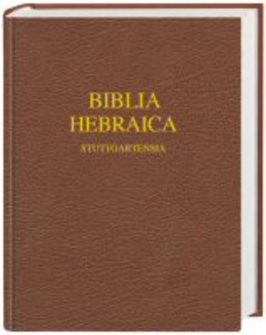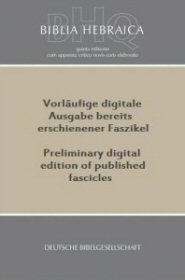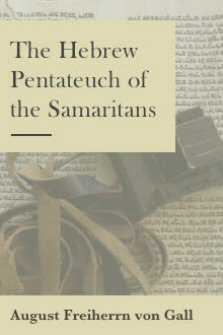Hebrew Texts Product Guide
Introduction
The Hebrew Bible is truly a unique piece of literature, consisting of 24 separate works that speak in concert about the One true God, his people, and his plan for all creation. Its history and transmission covers a vast period of time. According to the traditional view, the Hebrew Scriptures began with the authorship of Moses (c. 1400 B.C.E) and closed with the writings of Malachi (c. 400 B.C.E), spanning about 1000 years. Transmission over such a huge interval makes it difficult to maintain accuracy, considering that for centuries the Hebrew Scriptures were copied by hand.
Beginning as early as the 5th Century C.E., the preservation and transmission of the Hebrew Scriptures were carried out by the Masoretes—scribes who created their own system of transmission to ensure that the text and tradition passed down was copied with absolute accuracy. Out of the 3,000 plus extant manuscripts written after the 12th century, the Masoretic Text is the most important text tradition of the Hebrew Bible. For this reason, it is the base text for the majority of English Bibles.
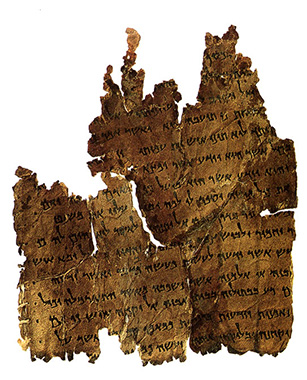
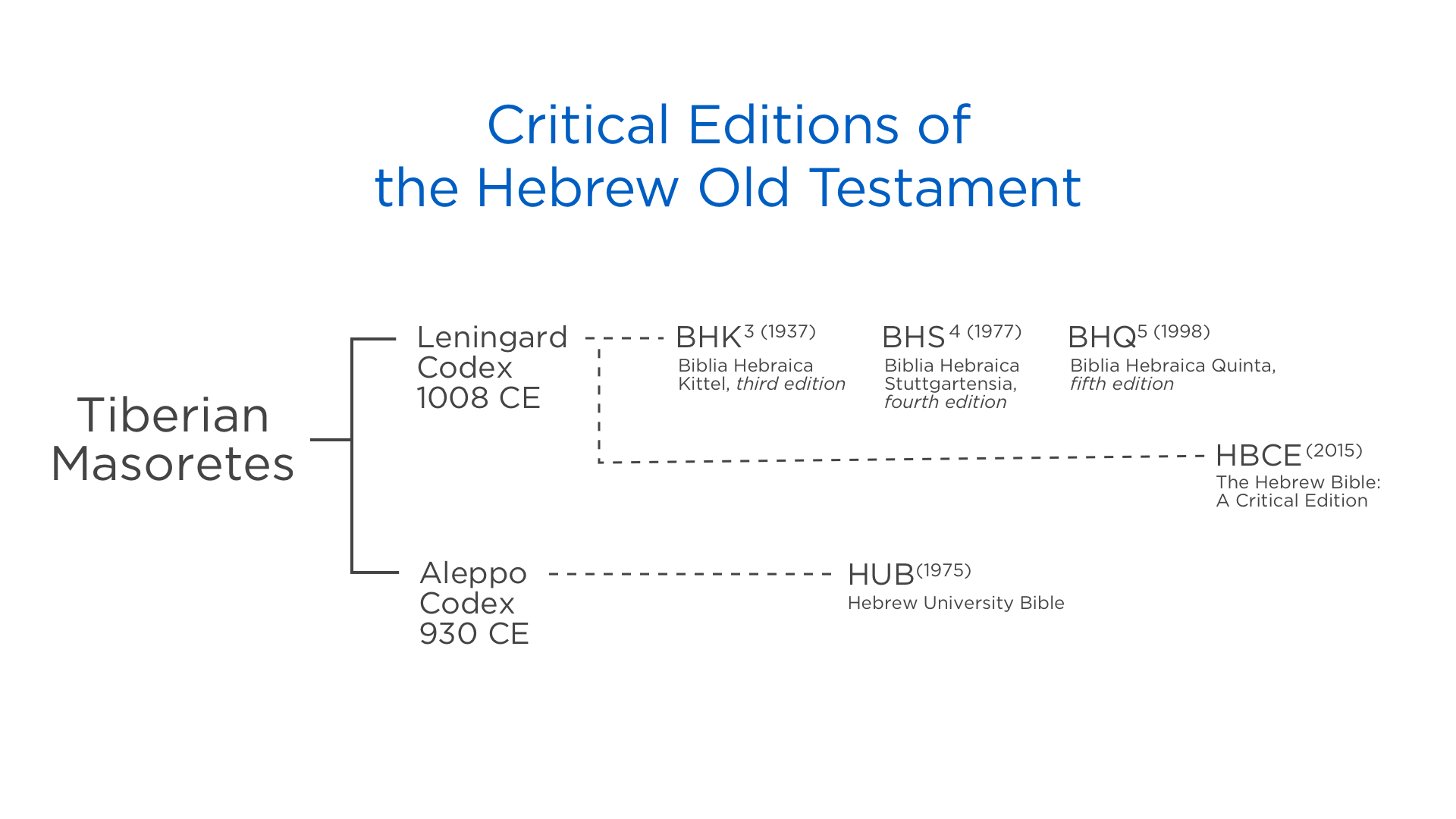
Hebrew Texts with Critical Apparatus
Other Hebrew Texts
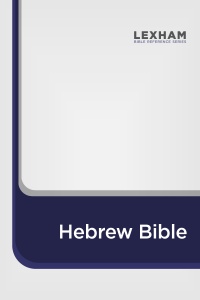
Lexham Hebrew Bible with Morphology
The Lexham Hebrew Bible (LHB) is Logos’ own, in-house Hebrew Bible. This version integrates with a number of Logos databases, including the Bible Knowledge base (Biblical People, Biblical Places, etc.), the participant referent tagging (which tags things like who/what a pronoun refers to, or who the implied subject of a verb is), the Bible Sense Lexicon, the Hebrew Pronunciation audio clips, and more. It is also the Hebrew Bible that Logos’ interlinears and reverse interlinears are aligned to, as well as the Hebrew Discourse project, facilitating better sympathetic highlighting between these texts—highlight a word in one text and see the corresponding words highlighted in the others. This version is based off of Codex Leningradensis, the same source as BHS and BHQ.
Biblia Hebraica Westmonasteriensis
Biblia Hebraica Westmonasteriensis is an edition of the Hebrew Bible based on Codex Leningradensis, the oldest complete Hebrew Bible available, prepared by the J. Alan Groves Center for Advanced Biblical Research (formerly the Westminster Hebrew Institute). It includes version 4.18 of the Westminster Hebrew Morphology, which provides lexical and morphological analysis of every word. This version also identifies places where the text of Biblia Hebraica Westmonasteriensis corrects the Codex Leningradensis, as well as places where other popular editions, such as the BHS and the new BHQ fascicles, read or correct Leningradensis differently than Biblia Hebraica Westmonasteriensis.
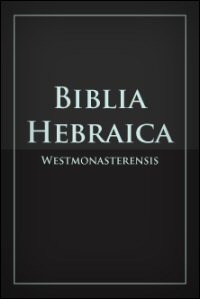
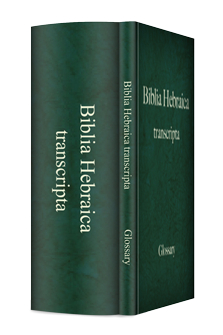
Biblia Hebraica transcripta
The Biblia Hebraica transcripta (BHt) is a linguistically informed analysis of the Hebrew Bible based on the work of Wolfgang Richter as carried forward by Christian Riepl and Johann Peter Rechenmacher. Uniquely, the BHt is a transcription of Codex Leningradensis that represents the text in a transliterated form. However, the Logos Bible Software version also encodes the Hebrew characters as a separate interlinear line for each word.
Biblia Hebraica Stuttgartensia: With Werkgroep Informatica, Vrije Universiteit Morphology
The text of this volume is identical to the fourth edition Biblia Hebraica from the German Bible Society; however, the digital version contains the morphological and lexical tagging from the Free University in Amsterdam (Werkgroep Informatica, Vrije Universiteit or WIVU, led by Eep Talstra). This database uniquely places pronominal suffixes into separate segments from the word they are attached to. This has some benefits in the Logos library, because many of our in-house databases are aligned to specific segments of the Hebrew text. This edition, however, does not contain a critical apparatus.
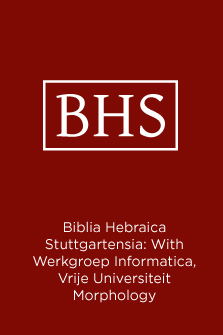
Additional Helpful Texts
In addition to the actual text of the Hebrew Old Testament, there are a small number of resources that are essential for any serious student of the Old Testament. These include works that are intended to assist users of various editions in comprehending text types, theories underlying apparatuses, and editing decisions concerning variants. Here are a few that should be included in your library:
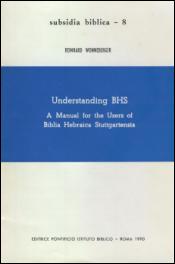
Understanding BHS
Understanding BHS is designed as a manual to be used in conjunction with the Biblia Hebraica Stuttgartensia (BHS), It’s primary objective is to help students maximize their use of the standard Hebrew text by unlocking the language of the textual apparatus of BHS and to the Masoretic apparatus as well, documenting the apparatus language of BHS in its entirety, and providing references to the Old Testament text whenever possible.
Massorah Gedolah: Manuscrit B. 19a de Léningrad
The Massorah Gedolah, also known as the Masorah Magna (Mm), contains the Hebrew Bible’s upper and lower marginal notes. The marginal notes (known as Masorah, meaning “to hand over” in Hebrew) consist of instructions designed to preserve the text, maintaining a form of quality control by which the texts could avoid significant change. The Mm specifically presents references to the verses where a particular text feature occurs. As opposed to giving chapter and verse, the Mm identifies excerpts: each verse or passage annotated by an Mm note is identified by a brief excerpt from it. The editor includes chapter and verse references to the lists in Massorah Gedolah, so you don’t have to recognize a verse by the short quotation. Study of the Masorah can benefit both the scholar and the student.
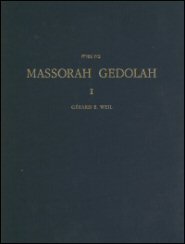
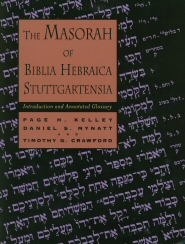
The Masorah of Biblia Hebraica Stuttgartensia
This volume provides a much needed introduction and glossary to the Masorah of the Biblia Hebraica Stuttgartensia. The introductory chapters give an overview of the field of Masoretic studies and explain the mechanics of using the Masorah of BHS. The annotated glossary provides students with definitions and explanations for most of the terms used in BHS, including examples. This resources is intended to serve as an important parallel text for Hebrew students.
